Can You Peru?
The Bolivia / Peru border was surprisingly "right around the corner" from the city limits of Copacabana. The bus stopped not more than ten minutes into our journey on the Bolivian side, where of course I was extorted once again by uniformed Bolivian officials. Upon entrance, along with my $120 USD dollar visa ($100 official tax & $20 that the official demanded to complete the process in less than a week, realistically a two minute procedure) an entrance card should have been given. With no entrance card it was difficult to make an exit. No worries, the official simply charged me twice the posted fee. Unfortunately, I only had about one and a half the amount in a mix of US and local currency, which he accepted without hesitation. Enough, a simple walk through the arch and this petty thievery would be reduced to less than an inconvenient memory.
So, Peru received an open entrance gringo smile.
Hassle and Visa excise free Lipika seemed unfazed by the boarder crossing with an EU passport, focusing instead on a perky pup wanting a handout.
On the drive to Puno, we encountered an interesting phenomenon. To the untrained eye, one wouldn't know that this was a major passenger van station. It literally was a straight portion of road where vans pulled off on either side to exchange north and south bound goods and passengers. Never mind that this was the only trade and passenger route north, we waited for the better part of 20 minutes for the vans to settle down and then allow southbound traffic to flow, before we finally started for Puno once again, via this artificially constricted single lane gauntlet.
I really wish that my perspective on the day could have been more positive, but in reality we definitely wished for more time in Copacabana. So as needed as yesterday's rest had been, the palliative recuperation wasn't complete and we were both a little "cranky". So Puno was reduced to just another town with a "Plaza de Armas" adorned with requisite cathedral, ...
... another "Parque" celebrating Spanish independence, ...
.. relatively historic rail lines, ...
... and a crappy hotel that would never live up to the Copacabana Cupola. Interestingly enough, the tradition of making miniatures of what one desires and getting it blessed in Copacabana is alive and well in this neighboring city of Puno, Peru in spite of the necessary border crossing. (Funny that the concept of wealth is still in US currency.)
Progress towards these "blessed" goals is moving in the right direction. The first two floors of the actual hotel are complete, so maybe the future floors will follow in time.
In reality, we hadn't come to Puno for the town but to visit the resourceful Uros People. After decades of invasion and looting from the Collas and Incas the Uros took to Lake Titicaca. The surrounding bay is filled with totora reeds, which have a natural buoyancy. So instead of waiting until morning we joined a chartered evening cruise.
Along the channel our vessel passed a much more historic craft, the Yavari. What makes this ship so impressive was its path to creation. The Yavari is a British commissioned iron hulled, coal fired (or here in Peru dried llama dung fired) steamer, entirely reconstructed on the shores of Lake Titicaca from crated materials sailed around Cape Horn, delivered to the town of Arica and then delivered by train to the foothills of the Andes. At that point, the thousands of parts were packed on mules and delivered to Puno, where it was reassembled for launch in the year 1870. The Peruvian Navy abandoned the ship to mothball and rust until a non-profit acquired the vessel for conservation and reconstruction. The hope is to have the roughly 140 year old ship ready for floating tours in a few years.
Safely off the coast of Puno, the Uros strategy (similar to that of the Venetians) was effective in limiting the raiding potential of their warring enemies. A few hundred inhabitants still live on five main floating islands. The central island comes complete with school and local government. Guide books tout the tourist experience as "shockingly commercialized" and the exposure did have the marginal authenticity of a Waikiki luau.
As the boat pulled up along side the island, no one seemed to question the durability or seaworthy nature of the floating grass layers. Ignorance may be bliss, so what the heck, I jumped off as well.
A local guide helped to shed some structural light on exactly how this aqua terra firma was constructed. As it turns out the actual reeds are just a "top dressing" for the true firmament, a naturally occurring and harvested "peat layer" under the water fields of totoa reeds. Closer to shore, buoyant cubes of root bound peat are cut, culled and towed by boat out to the floating islands. The reed top layer is then pealed back and a new layer of peat is added and sown into the floating mass. When a level layer is completed, then the top treatment of cut reed is replaced. The deepest, under water, layers continually erode, so the replenishment process is continual and systematic. Interestingly, the islands are not fixed but anchored via a system of ropes to the lake floor, therefore making them theoretically mobile. (Structural demonstration model below.)
The reeds are naturally moist enough for cooking ember placement directly on top of the surface layer, without fear of setting it or the peat layer afire.
Despite commercialization by the Uros, a setting sun scene was really quite beautiful, releasing imagination of what historical "true life" might have been.
For today, could one expect anything less than electricity and televisions, even in this isolated waterborne environ?
I suppose the efficiency of solar panels makes a lot more sense than stringing underwater electrical cabling out to a moving populous target.
Technology advances in all forms, with lumbering reed boats being replaced by more nimble rowboats.
As long as the tourists will spend a dollar, blame really can't be lain for the cultural equivalent of "strip malls" adorned with trinkets and hand woven goods.
And if the "strip mall" is fair game, then so is the "mom and pop" convenience store.
Lipika thought long and hard about this hand woven tapestry of native design, but ultimately "backpack space" prevailed and we left the island physically empty handed...
... but not without a few decent shots. This red-eyed bird was practically tame and a beautiful specimen.
What's not to love about water, a setting sun, and reflections?
We were treated with a visual contrast of the historic man-powered reed boat (in the foreground), and the relative ease of a family pram, propelled by a single ten year old girl guiding her bow sprawled younger sister.

In spite of the "Disneyland Affect" the local Uros people were friendly and easy to release a smile, which at least made the experience for two sceptical gringos go a little more smoothly.

Back in Puno, this Cuy couldn't muster a smile, but not many things can after being deep fried. Every year I try to eat something completely different and fried guene pig should fit the annual bill.
Actually, in Peru, Cuy is a specialty food for celebrating festivals or special occasions. Unlike the locals, who prize the skin and fat layer beneath, I stuck strictly to what dark meat could be found. This was not exactly a filling meal and one not recommended for the gastronomically questioning.
Lipika was absolutely "not game" for the experiment, which is totally fine, however the highlight of the day was meeting up with Morgan and Kelly once again. I love how travel plans can naturally overlap in continental travels, especially with good folk like these two. We had traveled together in the Pantanal of Brazil and Samaipata, Bolivia. They are fun natured Aussie's who tried one fried and one baked Cuy between them. I think the general consensus was to "go for fried". Smiles all around and that was a good way to end the day!
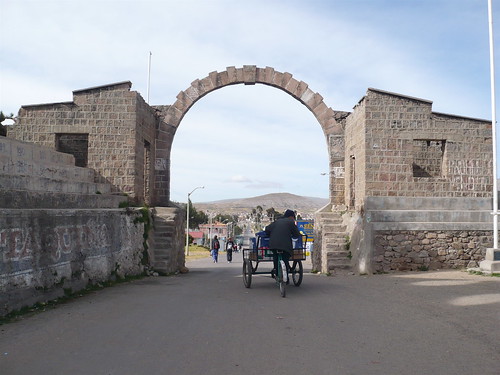
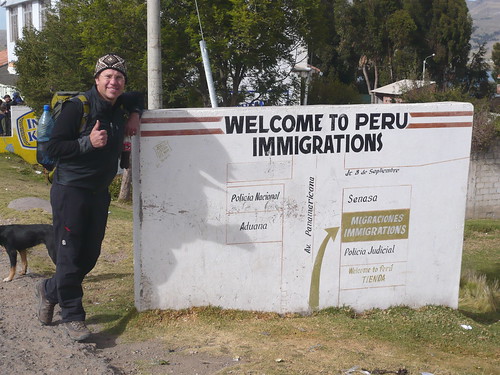
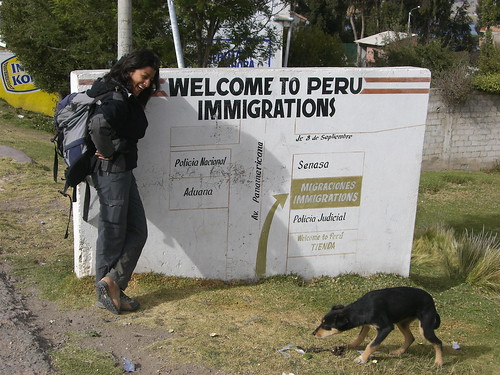


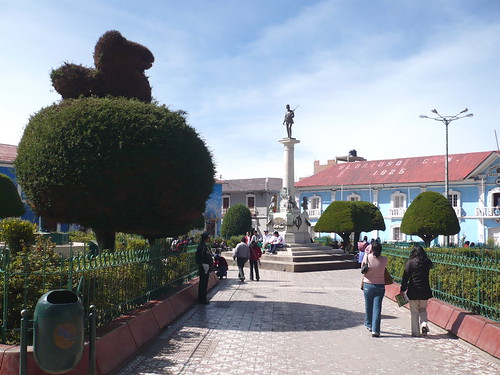



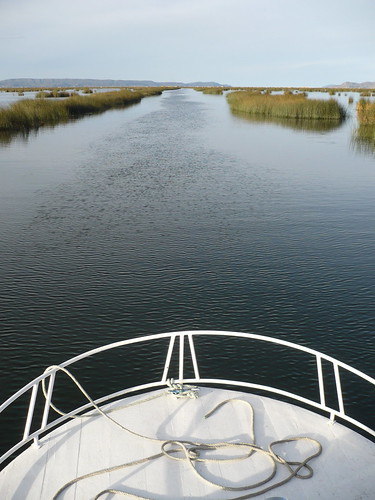
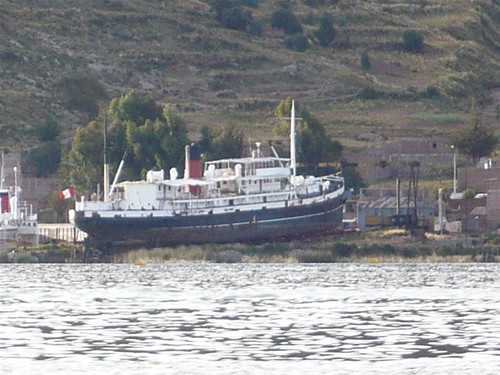

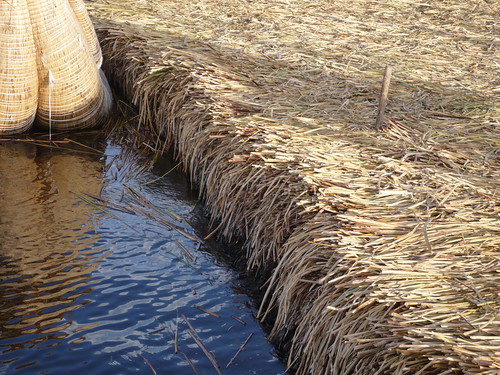
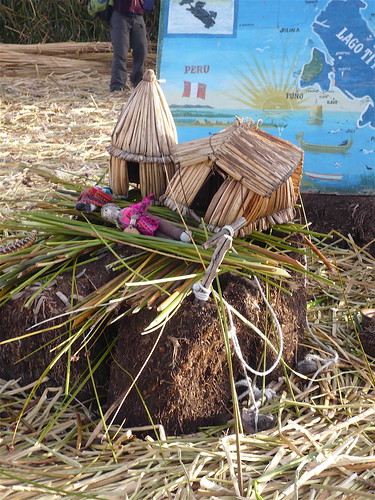
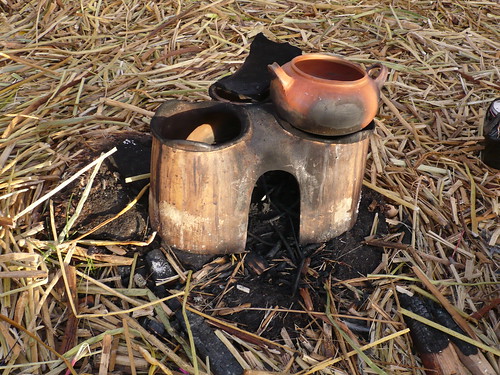
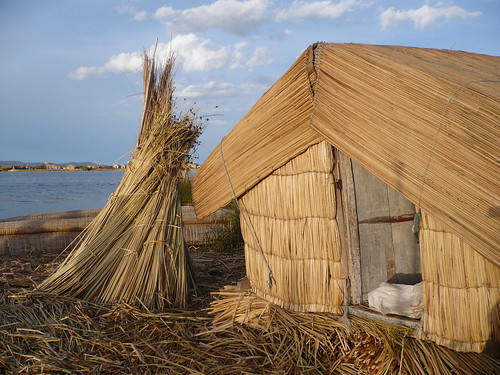
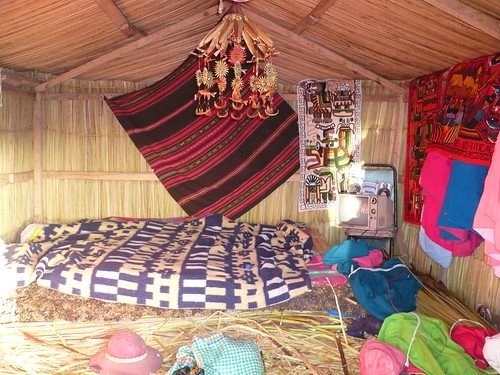
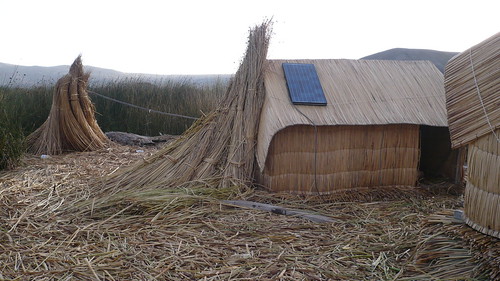
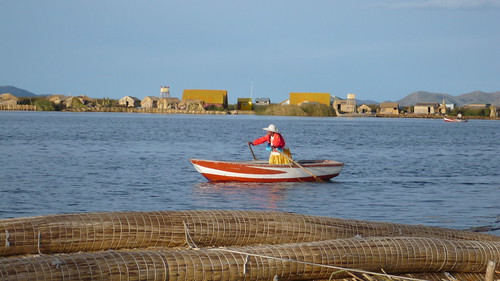
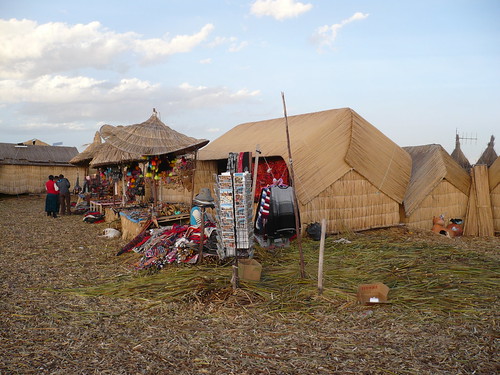
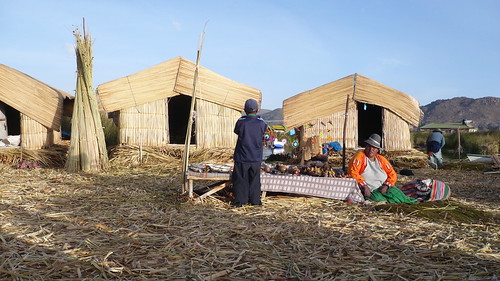

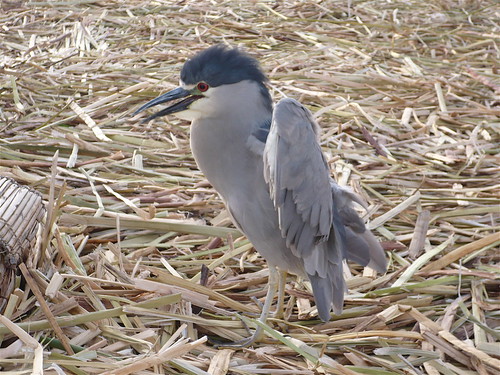
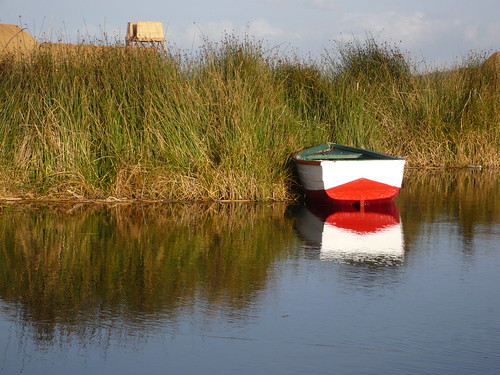
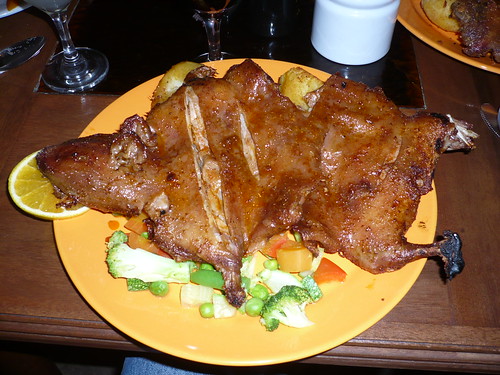
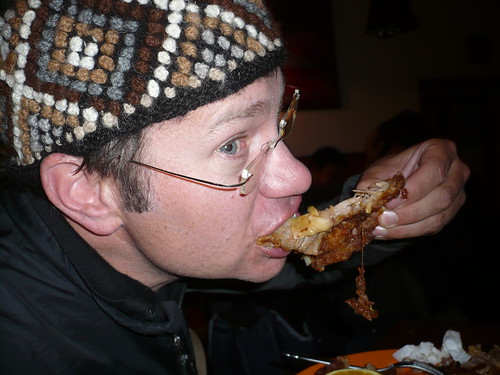

No comments:
Post a Comment